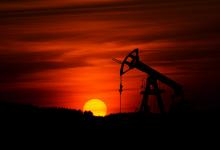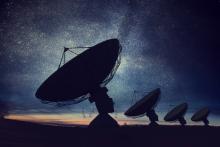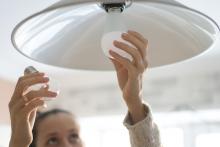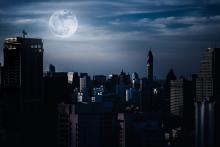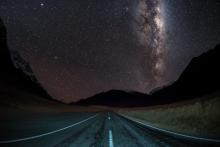Light Up Your Space to Make An At-Home Office More Productive
You’ve traded that stale overhead office fluorescent for the warm lights of your home. Instead of too-white, too-bright desk spotlights and screens, you are working from home and illuminating your desk or table with natural sunlight or some warm-tone lamps. There’s no argument that your home’s lighting is more comfortable than most offices — but that calming spectrum of light may be wreaking havoc on your at-home productivity.


